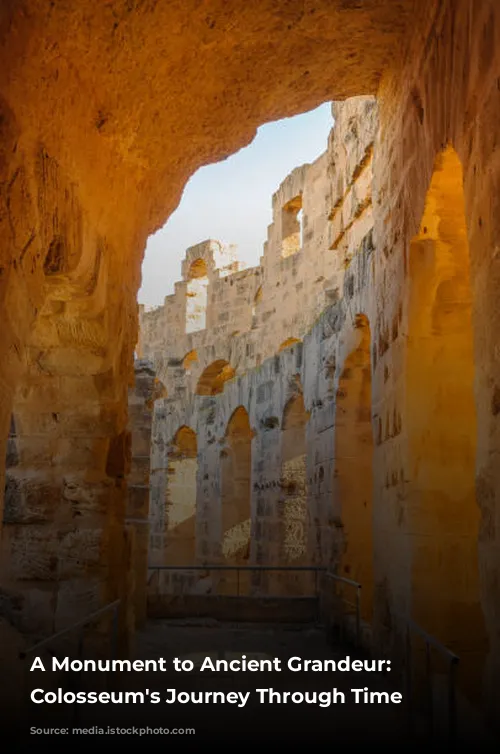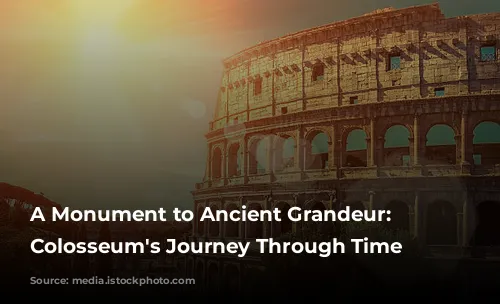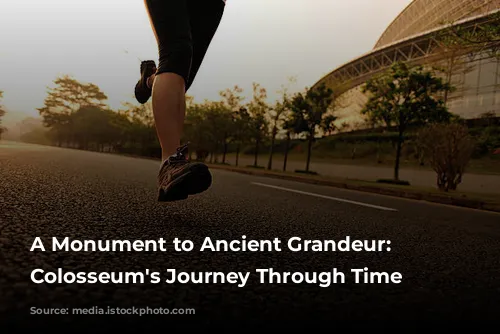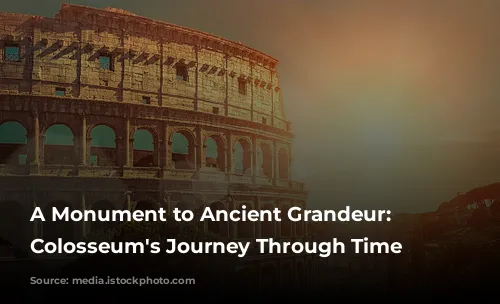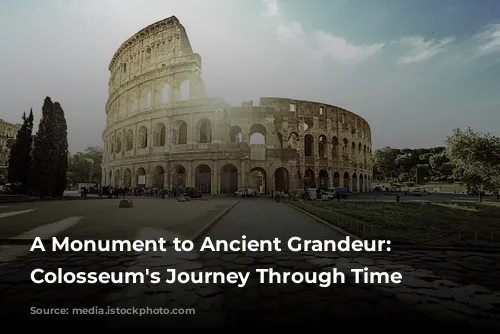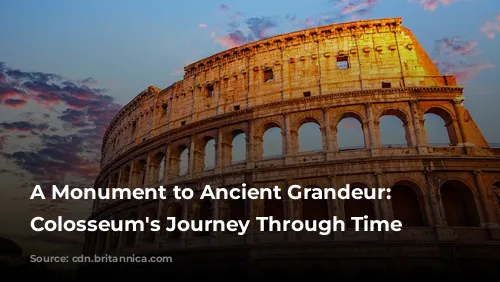The Colosseum, standing as a testament to ancient Rome’s architectural brilliance and engineering prowess, is one of the few structures from the Roman Empire that remains largely intact. This architectural marvel draws in a sea of visitors, making it a major source of tourism revenue for the Italian government. In 2018 alone, the Colosseum, Roman Forum, and Palatine Hill together generated over $63.3 million (€53.8 million), making it Italy’s top tourist attraction.
A History of Change and Neglect
The Colosseum, after the fall of the Western Roman Empire, experienced a period of decline. It was used as a fortress by the Frangipane and Annibaldi families during the 12th century, and later, in the 15th century, Pope Alexander VI authorized the Colosseum’s use as a quarry. For over a millennium, neglect took its toll on this once-magnificent structure. However, during the 1990s, state-funded restoration efforts began, breathing new life into this ancient wonder.
From Gladiator Arenas to Entertainment Venues
The Colosseum’s construction began under the rule of Emperor Vespasian between 70 and 72 CE, as part of his vision to revitalize Rome following the turbulent “Year of the Four Emperors.” Like other amphitheatres, the Colosseum was intended to serve as an entertainment venue. Gladiator fights, animal hunts, and even mock naval battles were held here, captivating the Roman populace.
A Monument Built with Plunder
The Colosseum’s construction was completed in 80 CE by Titus, Vespasian’s son and successor. The fourth story was added in 82 CE by Emperor Domitian. It’s worth noting that the arena’s construction was financed by the spoils of Titus’s conquest of Jerusalem in 70 CE, and it was built by enslaved Jewish captives from Judea. This connection highlights a darker side to the Colosseum’s history.
A Colossal Structure
The Colosseum, also known as the Flavian Amphitheatre, is an elliptical structure constructed with stone, concrete, and tuff, rising to a height of four stories. It measures an impressive 620 by 513 feet (189 by 156 meters), with a capacity of up to 50,000 spectators. This massive amphitheater became synonymous with the spectacle of gladiatorial combat, a defining feature of Roman entertainment.

From Private Lake to Public Arena
The Colosseum’s location is strategically significant. It was built on the site of Nero’s Golden House, east of the Palatine Hill. The artificial lake, once the centerpiece of Nero’s lavish palace, was drained to make way for the Colosseum, a symbolic replacement of a tyrannical emperor’s private luxury with a public space for the enjoyment of the Roman populace. This decision was both practical and symbolic, reflecting Vespasian’s desire to create a public arena that would bring joy to the masses.

Architectural Innovation and Artistic Expression
The Colosseum stands out from earlier amphitheatres due to its freestanding design, constructed without the support of a hillside. It incorporates a complex system of barrel vaults and groin vaults, constructed with travertine, volcanic tufa, and concrete. Its facade features three stories adorned with engaged columns in the Doric, Ionic, and Corinthian orders, an architectural style that influenced later Renaissance building techniques.
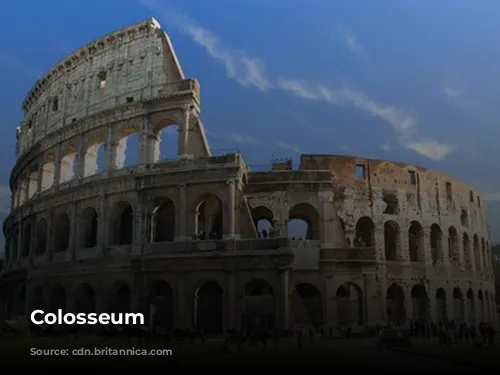
A Glimpse into Roman Entertainment
The Colosseum’s design was carefully considered for the comfort of its spectators. A massive retractable velarium, a type of awning, protected the audience from the scorching Roman sun. Hundreds of Roman sailors were needed to manage the velarium’s rigging, extending and retracting it as needed. The Colosseum witnessed countless displays of gladiatorial combat, animal hunts, and even mock naval battles, offering a glimpse into the spectacles that captivated the Roman populace. However, the extent to which early Christians were martyred within the arena remains uncertain.
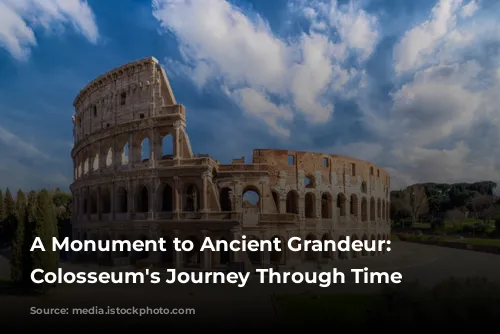
A Legacy of Change and Resilience
Over time, the Colosseum underwent a transformation, serving as a church and later a fortress, before facing decay due to lightning strikes, earthquakes, vandalism, and pollution. The marble seats and decorative materials were stripped away, leaving the structure in a state of disrepair. However, preservation efforts began in earnest during the 19th century, led by Pius VIII, followed by a major restoration project in the 1990s. Today, the Colosseum remains a prominent tourist attraction, drawing millions of visitors each year. Rotating exhibitions focusing on ancient Roman culture continue to bring the Colosseum’s history to life.
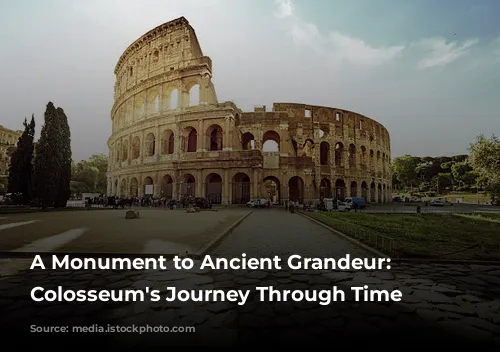
A Timeless Symbol of Rome’s Past
The Colosseum, a marvel of Roman engineering and architectural skill, stands as a powerful symbol of the ancient Roman Empire’s grandeur. It serves as a reminder of the past, a testament to the enduring power of human creativity, and a timeless link between the ancient world and the present. Its ongoing preservation ensures that future generations will continue to marvel at this remarkable structure and its story.
